“This Kentucky girl‘s clothing shows the extreme poverty that many mountain people experienced during the 1930s”
“This Kentucky girl‘s clothing shows the extreme poverty that many mountain people experienced during the 1930s”
A good biography to include in the classroom. Focuses on the Great Depression so it may be hard to comprehend the earlier ages.
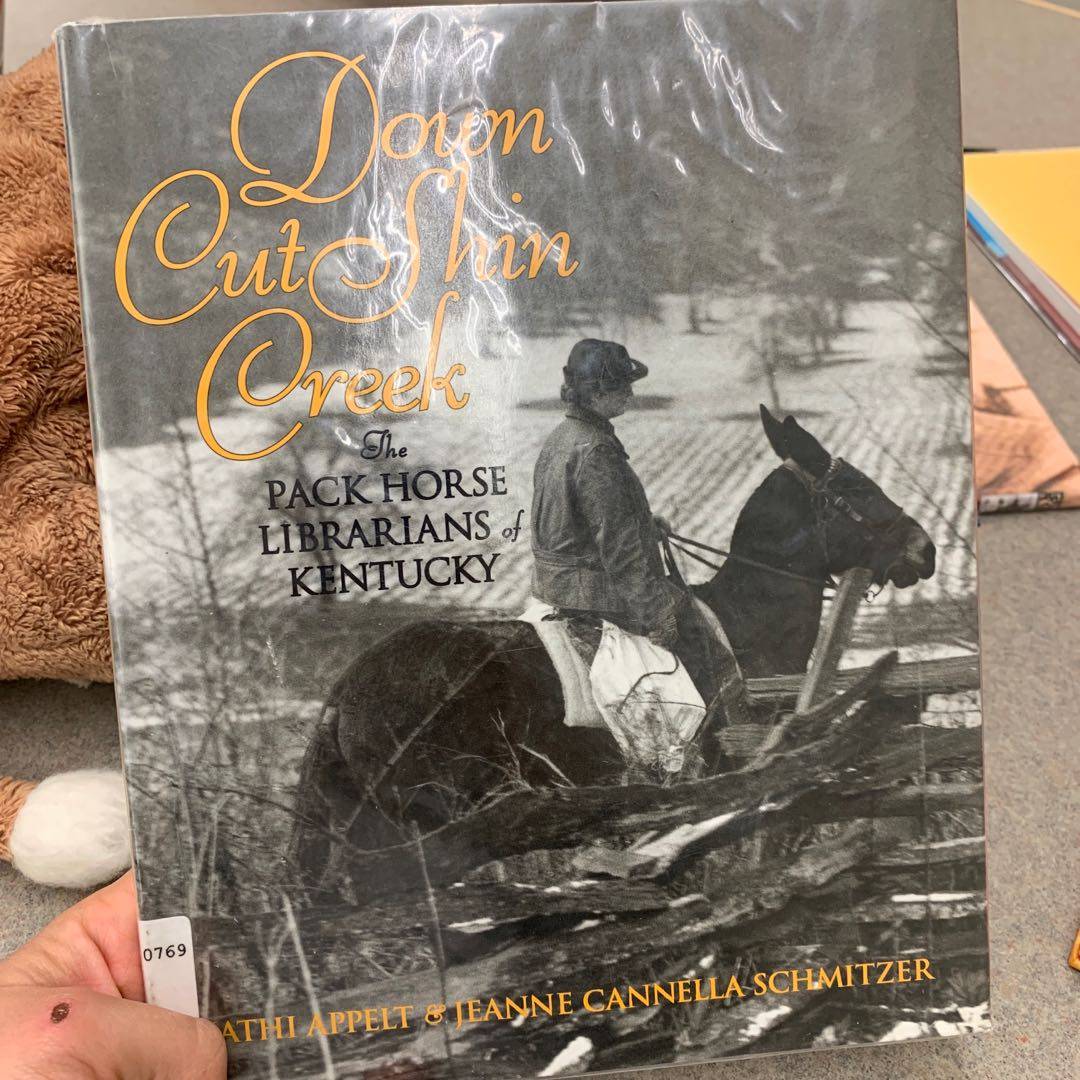
Down Cut Shin Creek by Kathi Appelt published in 2002 tells a story during the Great Depression.
“Cross your heart... swear you won‘t tell Mama... I‘m leavin‘ with the show...”
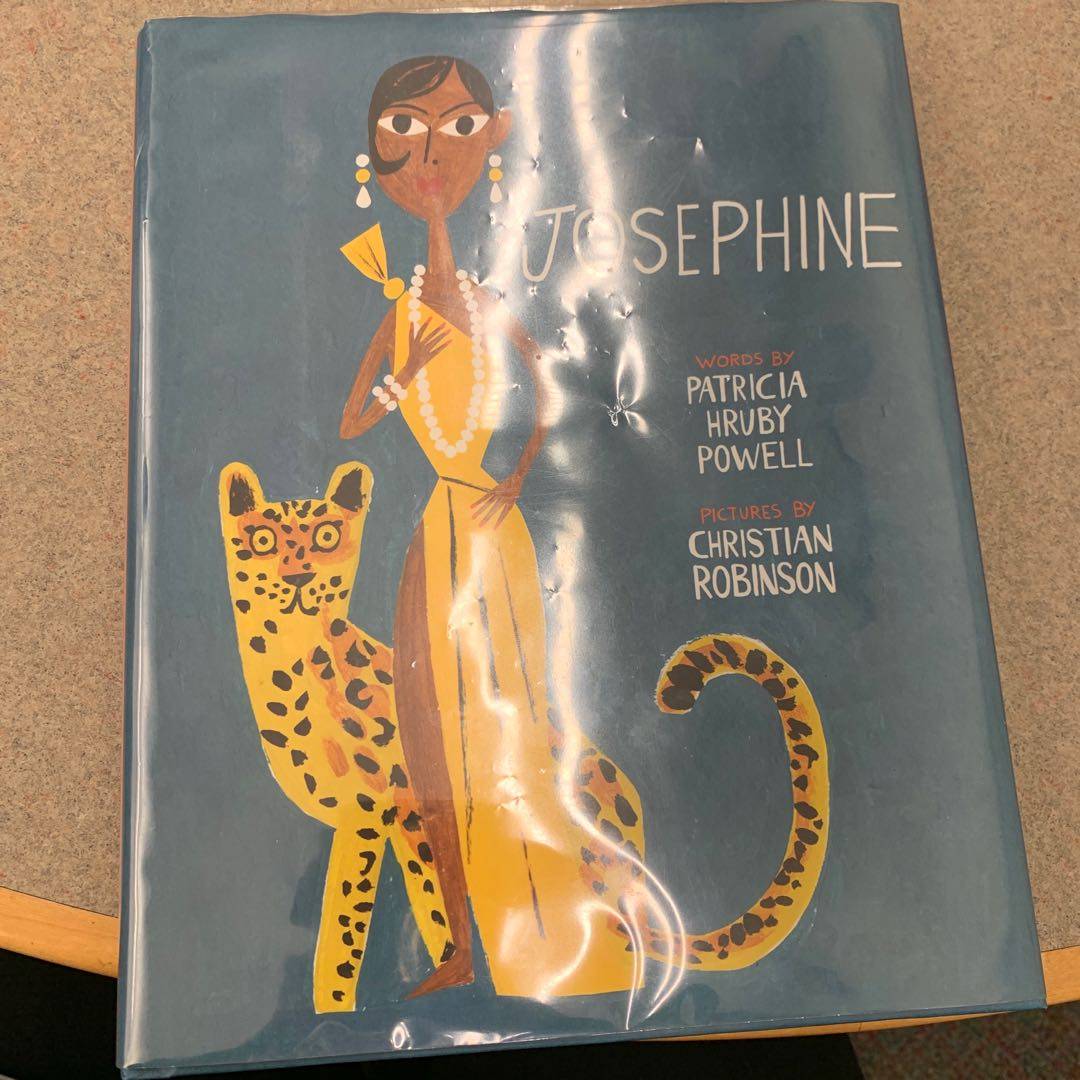
Josephine by Patricia Hruby Powell published in 2014 tells the biography of Josephine McDonald. Josephine was a flapper dancer, she left home without telling her parents to go dance with a show.
“Church folks started whispering and followed with out-and-our talking about Marian‘s remarkable gift.”
A good biography to have in the classroom. Has lots of diversity and expression of talents.

When Marian Sang by Pam Muñoz Ryan published in ?? tells the biography of Marian Anderson. Marion was an extremely talented singer from such a young age.
“When she was old enough to thread a needle, Ann Cole Lowe‘s momma and grandma taught her how to sew.”
The colors presented throughout this biography are beautiful!!
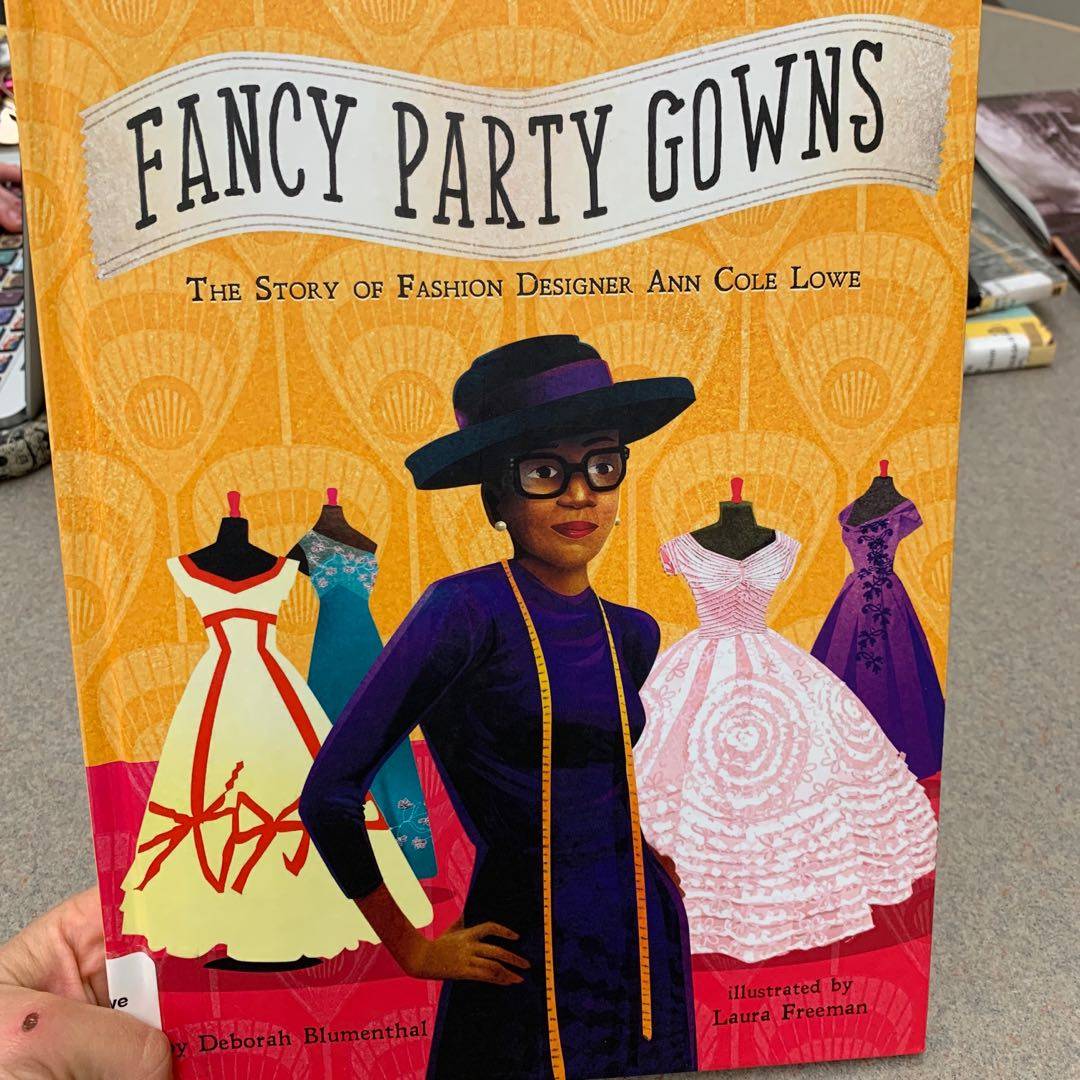
Fancy Party Gowns by Deborah Blumenthal published in 2017 is the story of Ann Cole Lowe, a fashion designer. Once she was of age to start sewing, that‘s immediately what she did with the help of her mother and grandma.
“George was ready for luck to single him out, but luck seemed to be taking its time. With nothing better in site, he went home to Biloxi.”
I think this story would be a little much for children in the classroom. They would needs lots of backstory and explanation.
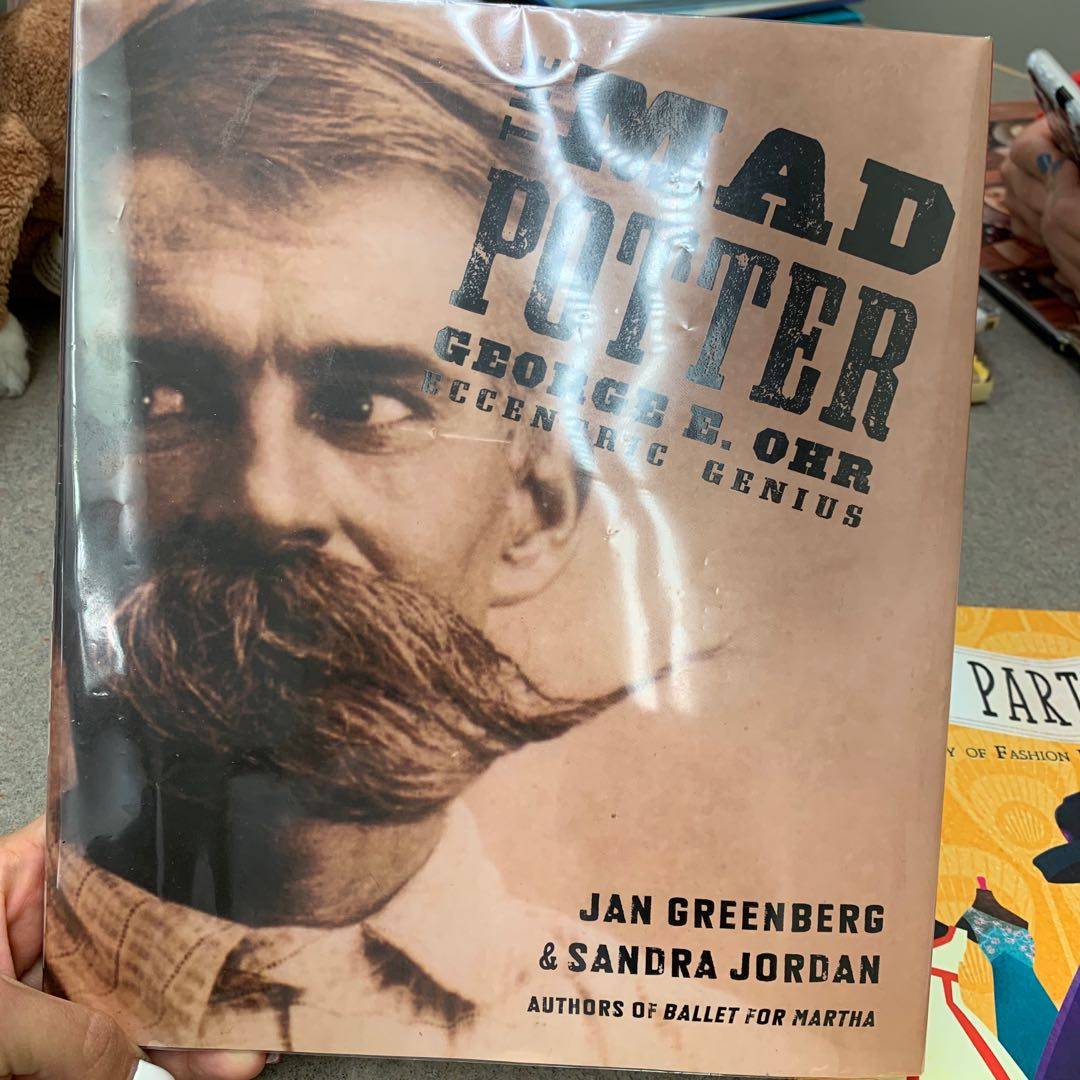
The Mad Potter by Jan Greenberg published in ?? tells the story of George E. Our. Ohr created unique ceramics, he was determined to make his mark.
“... and some humans to chimpanzees.”
I think this book would be very controversial to some parents because it does discuss evolution in a way. However, I do believe it is essential for the classroom.
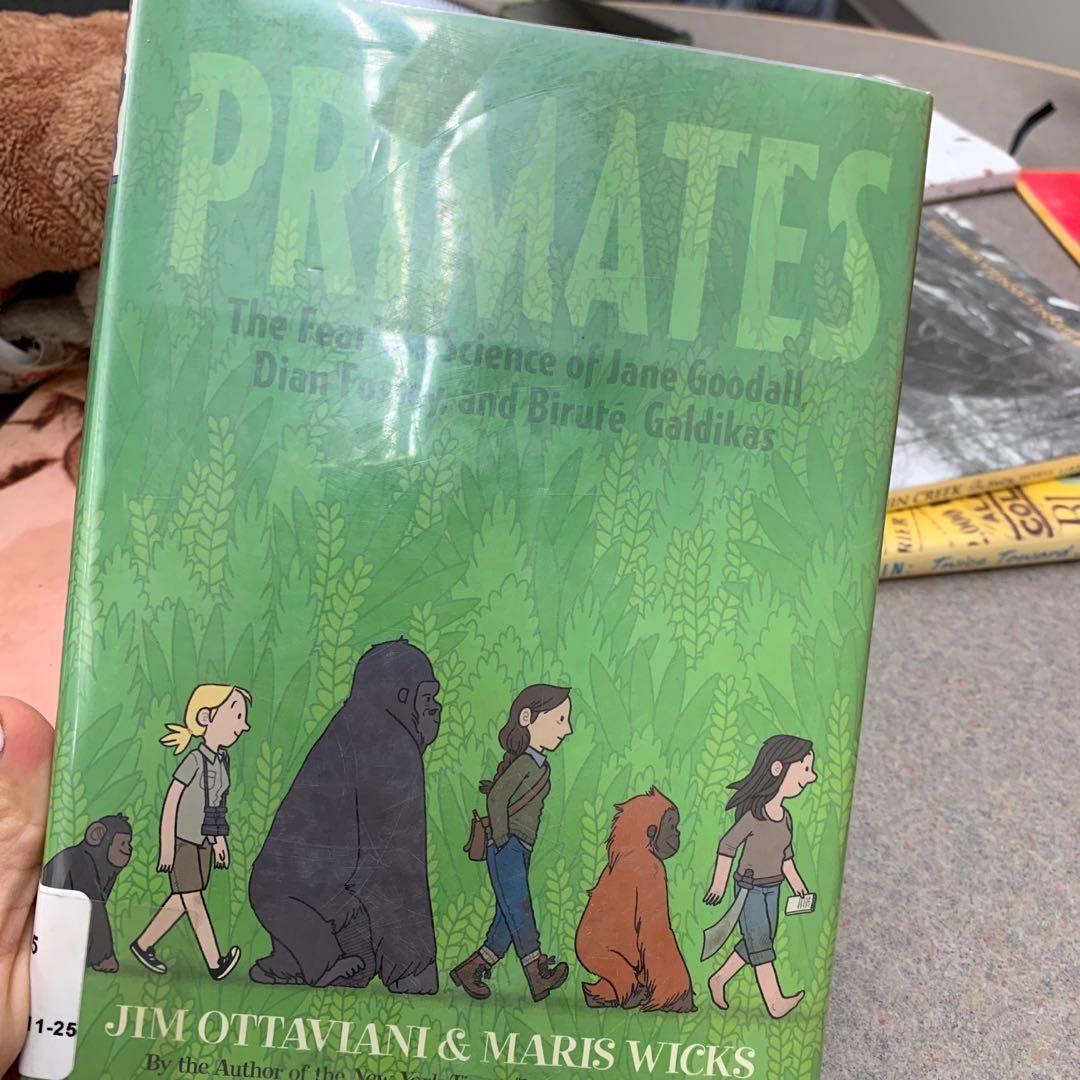
Primates by Jim Ottaviani published in 2013 tells a true story of 3 scientists who risked their lives for research that forever changed our outlook on primates.
“The people, they say, learned the Cherokee letters quickly.”
Not many books about the culture of Cherokee Indians so I believe it would be nice to have in the classroom.
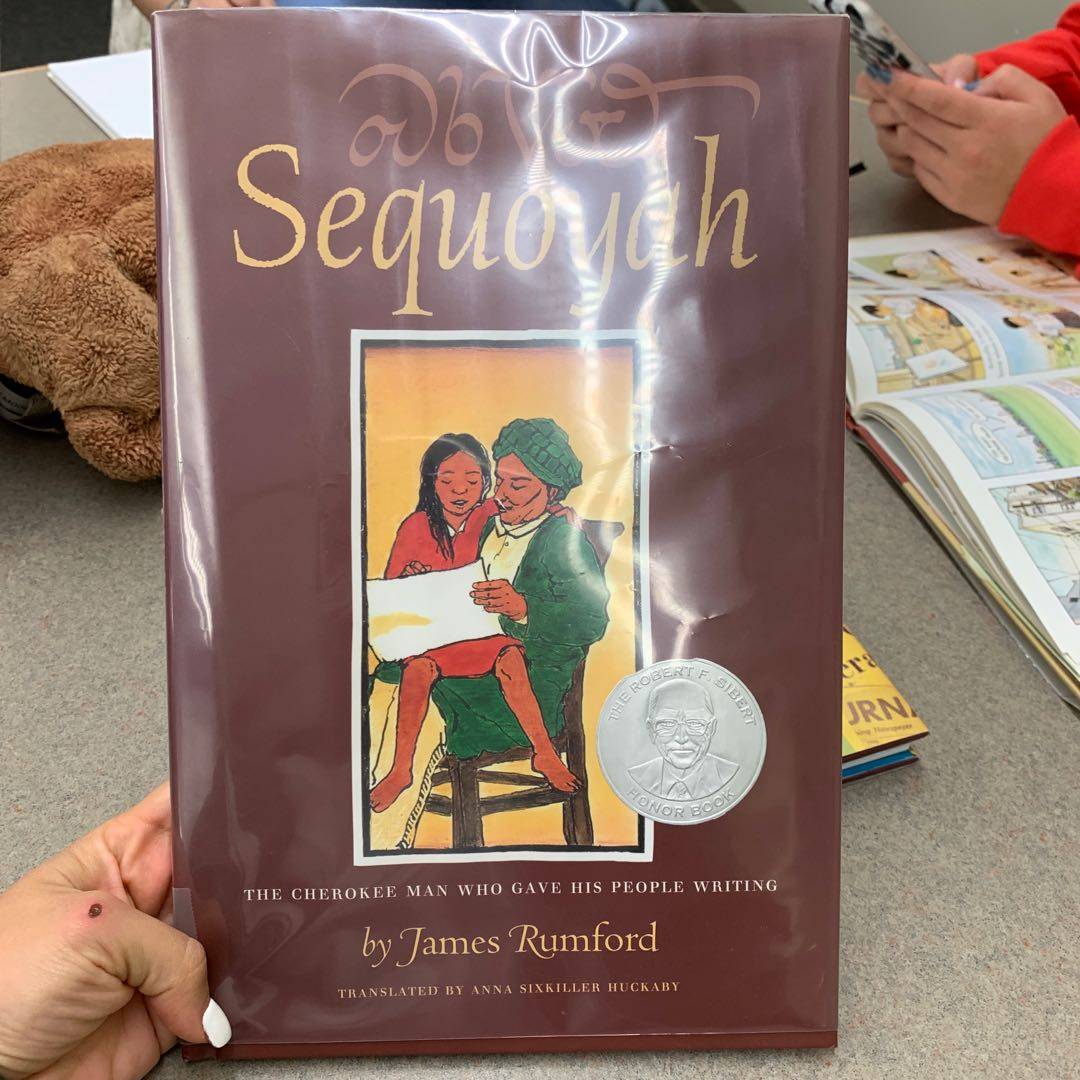
Sequoyah by James Rutherford published in 2004 is about the cherokee man who gave his people writing. His goal was to create a writing system for the Cherokee Indians, in hopes to turn his people into a nation of reading and writing.
“Growing up in Vienna, the capitol of Austria, in the 1930s, Lily Renèe Wilheim experienced the best of everything.”
A good read to introduce the holocaust to the students.
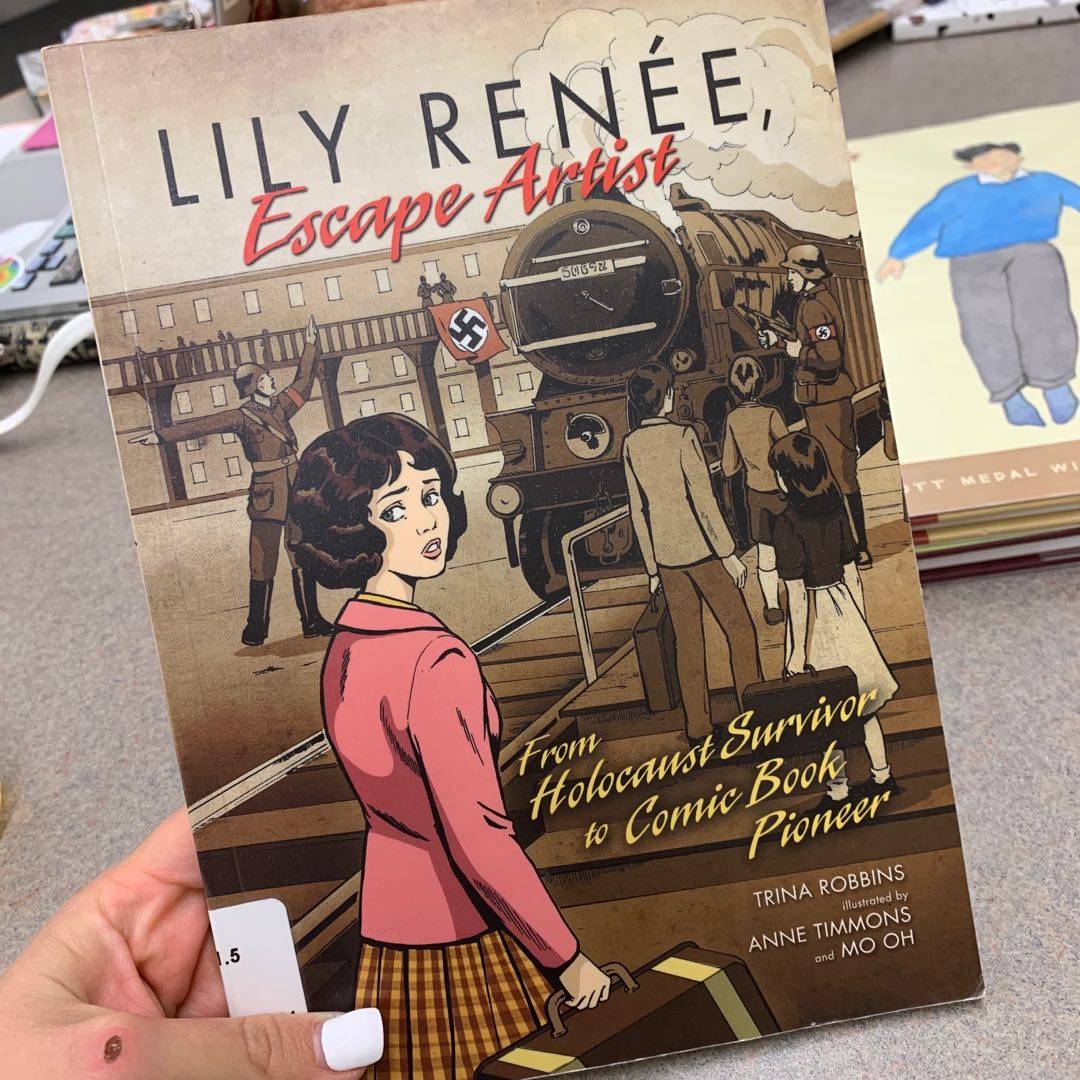
Lily Renèe by Trina Robbins published in 2011 is from Holocaust Survivor to Comic Book Pioneer. Lily Renée Wilheim was a 14 year old Jewish girl living in Vienna.
I think this book would be good in the classroom to show that expressing yourself through art is just as important as classroom knowledge.
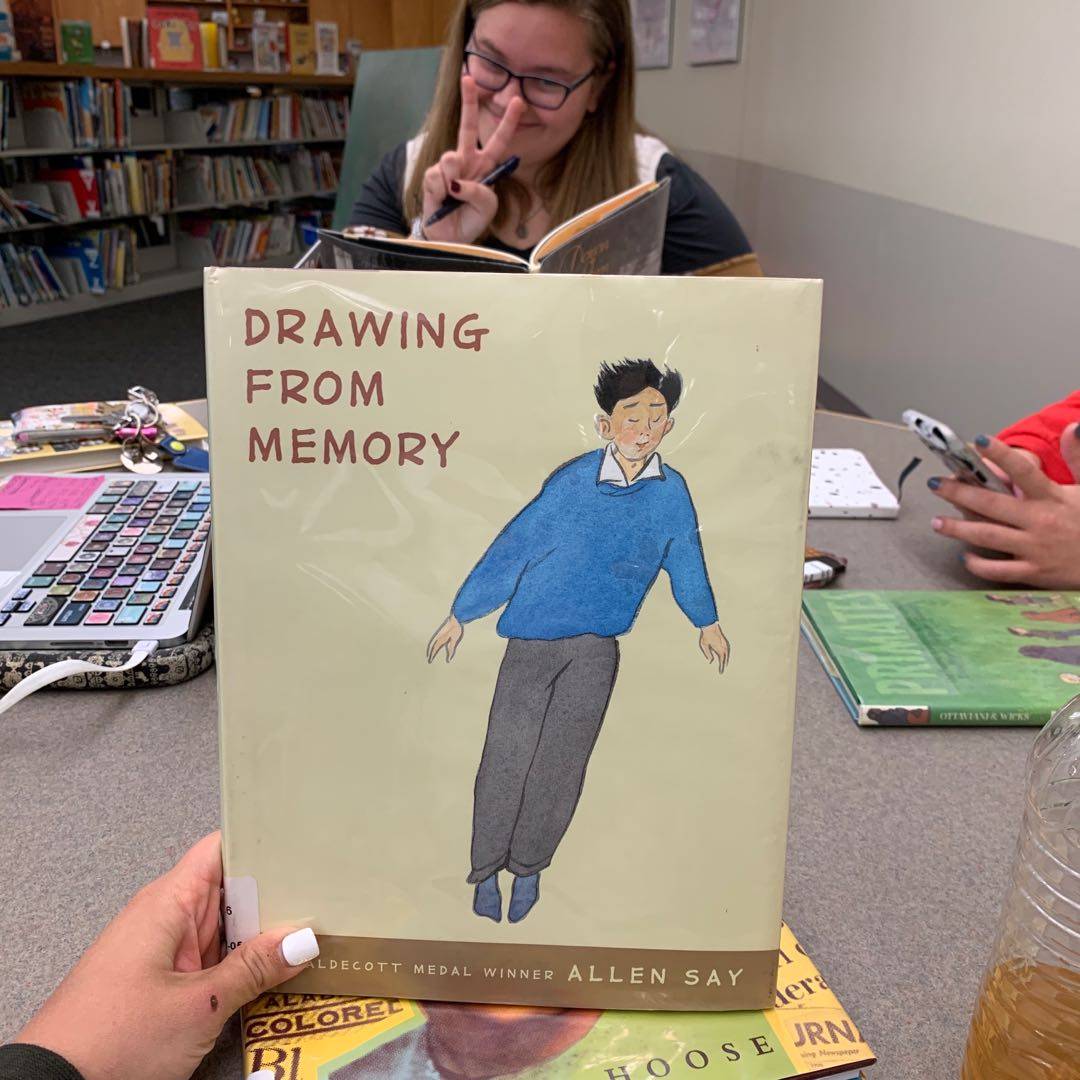
Drawing from Memory by Allen Say published in 2011 is the own personal story of Allen Say. Say was shunned by his father for his artistic ability. That motivated him to try even harder towards his goal of becoming an artist.
“... I thank Claudette Colvin for taking a chance on a writer she had never heard of. I hope I earned her trust.”
Super long for students in the classroom. But i believe if we read it over time they would learn a good lesson!
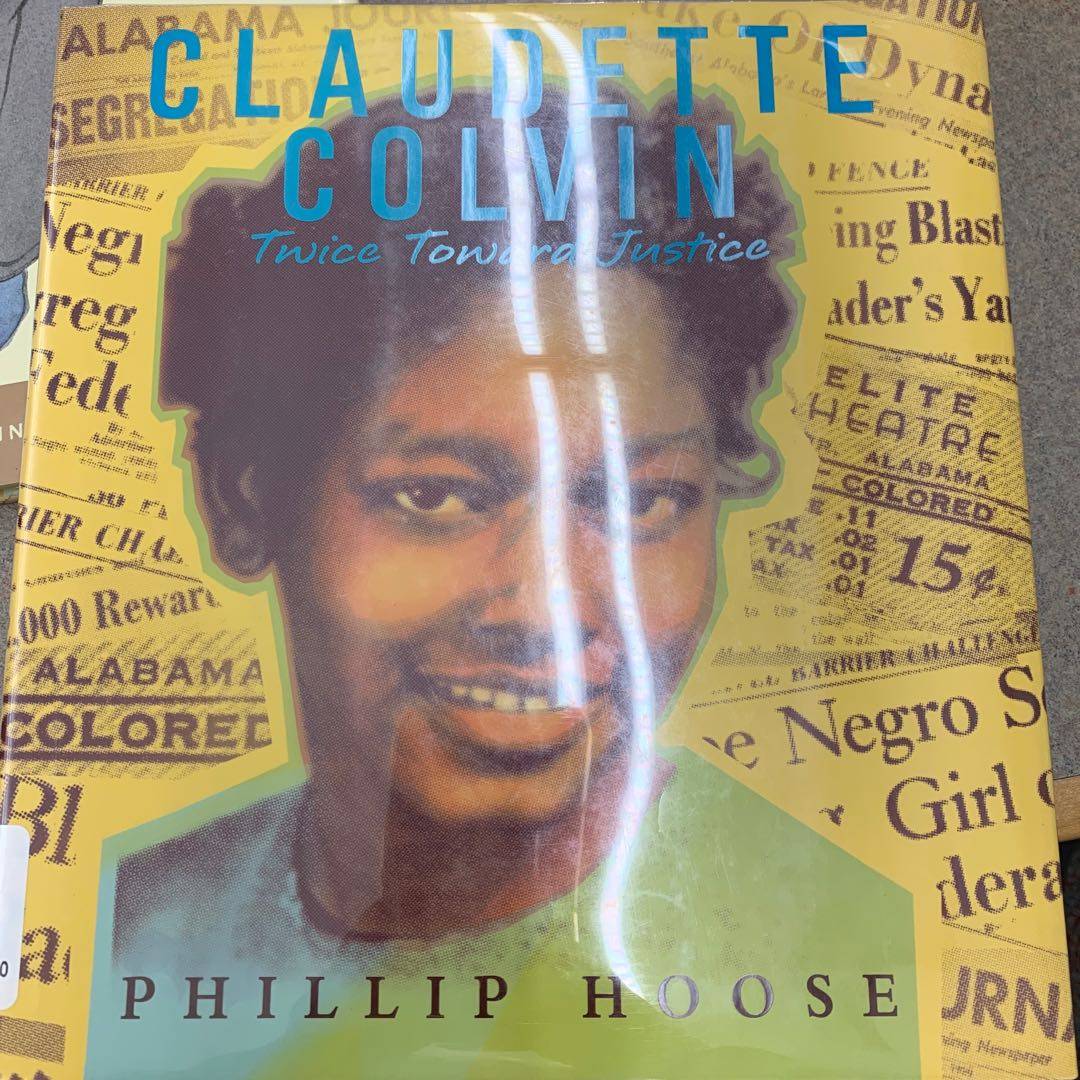
Claudette Colvin by Phillip Hoose published in 2009 is a biography that tells the story of Claudette Colvin. Claudette witnessed Rosa Parks refuse her seat on the bus and that struck a nerve in her. She decided she‘d had enough of the Jim Crow segregation laws.
“In 1942, when World War II was in it‘s third year, leaflets began to appear mysteriously in mailboxes all over Nazi Germany.”
This book seems a little too old for early childhood education but it is a great lesson that children do need to learn.
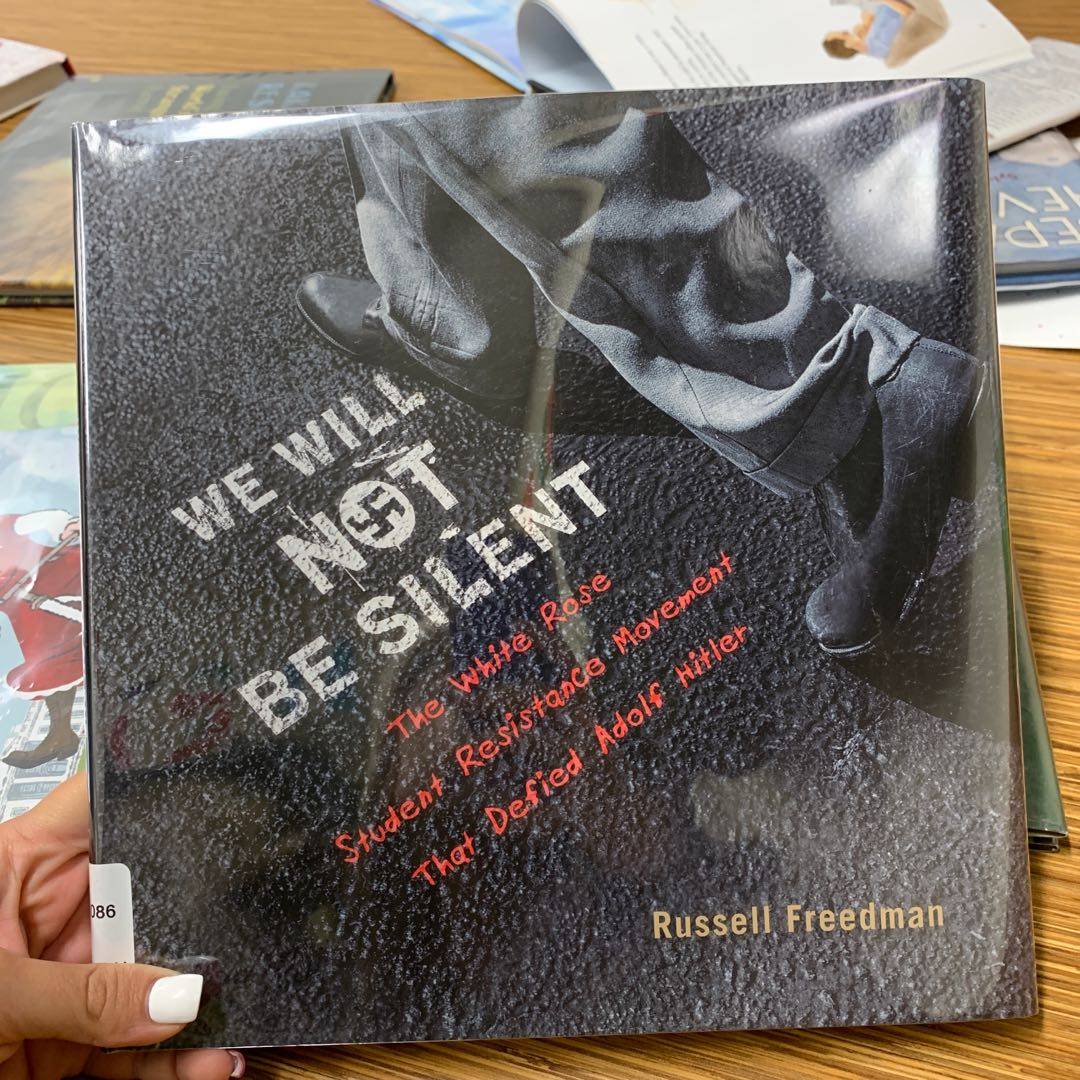
We Will Not Be Silent by Russell Freedman published in 2016 is a chronological book with very few illustrations. It tells the story about a group of students who were disgusted by Adolf Hitler‘s mass slaughter of German citizens.
“Trust me to protect you, child.”
A great lesson starter. Makes children question “What is slavery?”.
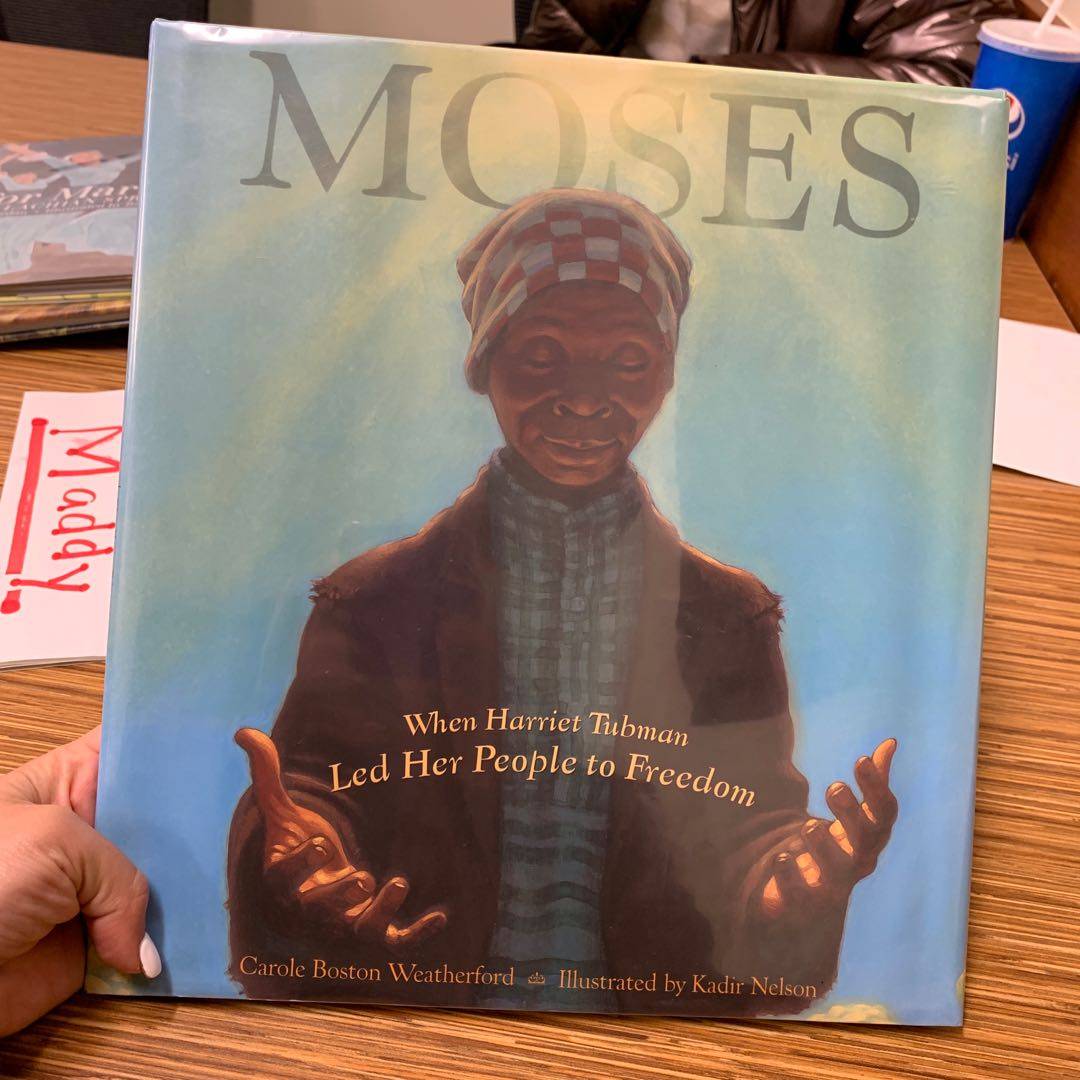
Moses by Carole Boston Weatherford published in 2006 tells the biography of Harriet Tubman. Tubman was born into slavery and the first to go through the underground railroad to find freedom.
“No dogs or mexicans allowed”
A great read for the class. A good introduction to a diversity lesson!

Separate is Never Equal by Duncan Tonatiuh published in 2014 is very engaging, factual, chronological by following the family, and cover stereotypes.
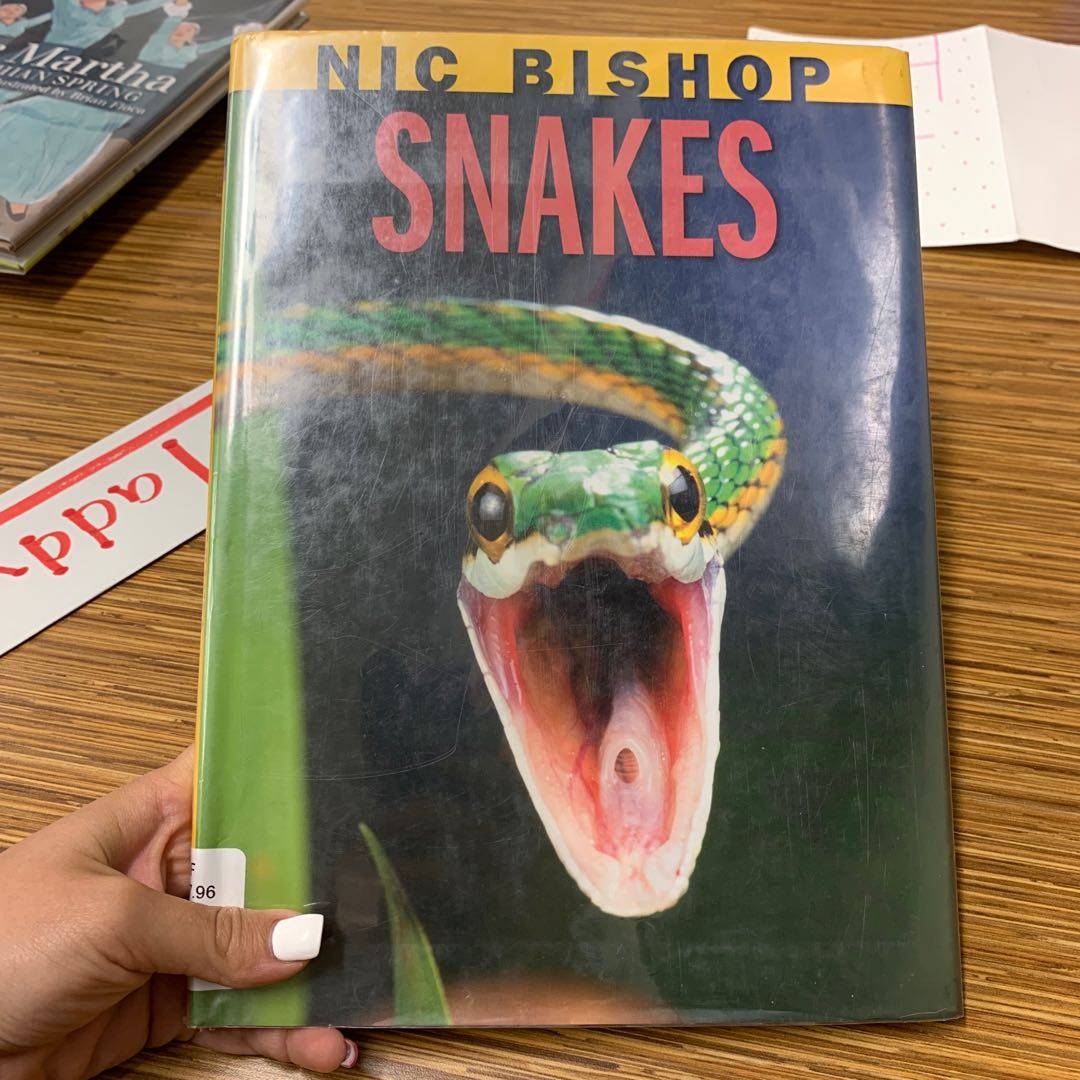
Snakes by Nic Bishop published in 2012 tells a nonfiction all about snakes. It tells how they‘re scaly, have more than 400 ribs, and beautiful skin covered in strong scales.
“Many kinds of living things have already been lost. Some have disappeared before we‘ve had a chance to find them.”
This is such a cute book!! Much needed for the classroom and the illustrations are adorable.

Many: The Diversity of Life on Earth by Nicola Davies published in 2017 discussed how many different kinds of living things there are on our planet.
“All the men in the village worked in the mill for it. It had been there seven years and in seven years it would destroy all the timber within its reach.”
I don‘t recommend having this book in my classroom. It‘s does not seem age appropriate for early childhood. It‘s a lot of data gathering.
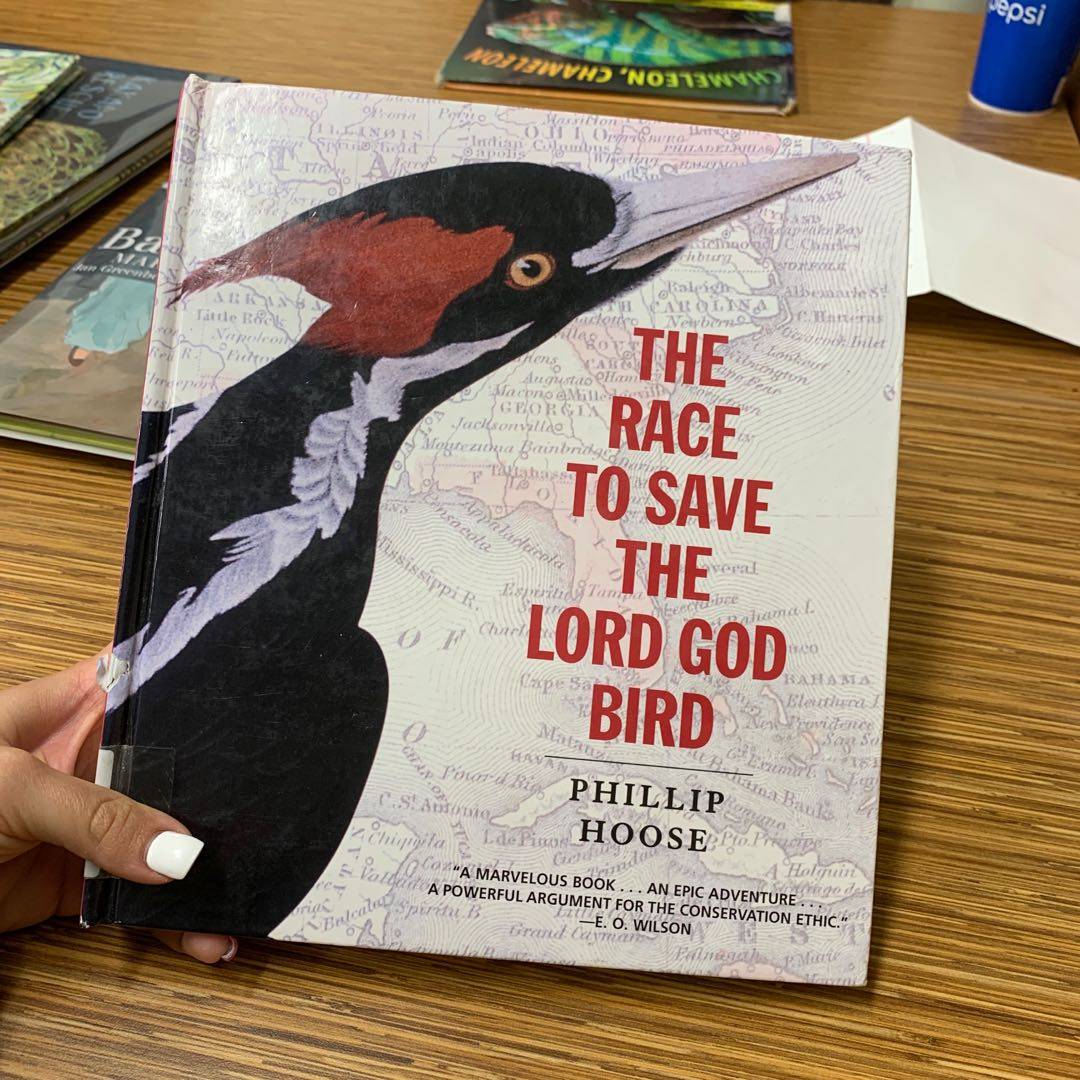
The Race to Save the Lord God Bird by Phillip Hoose published in 2004 is a book about saving the Lord God Bird. It discusses many topics other than the bird itself.
“There will be eight dancers in Martha‘s ballet. Martha‘s role is the Bride.”
I think it‘s a good book but I think children would somewhat find it long and boring. However, I think it‘s nice to cover the life of a ballerina because I believe that would be hard to come by in children‘s literature.